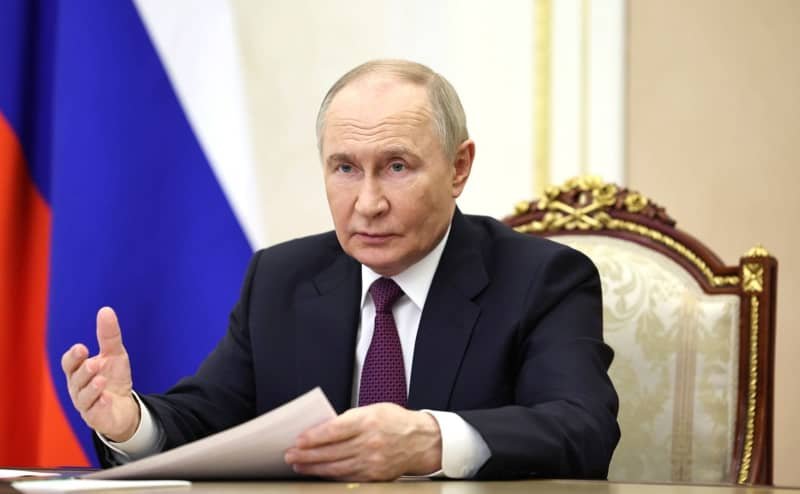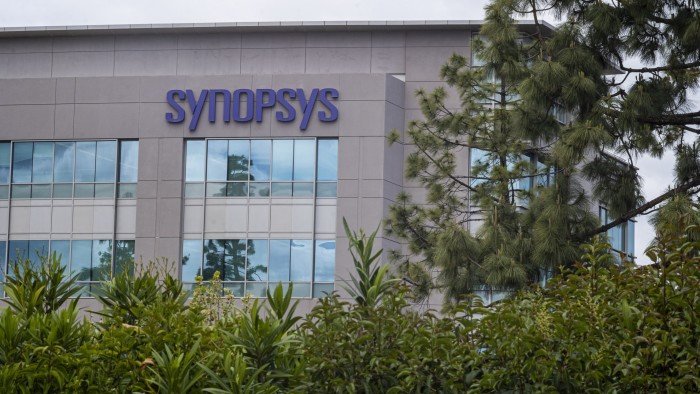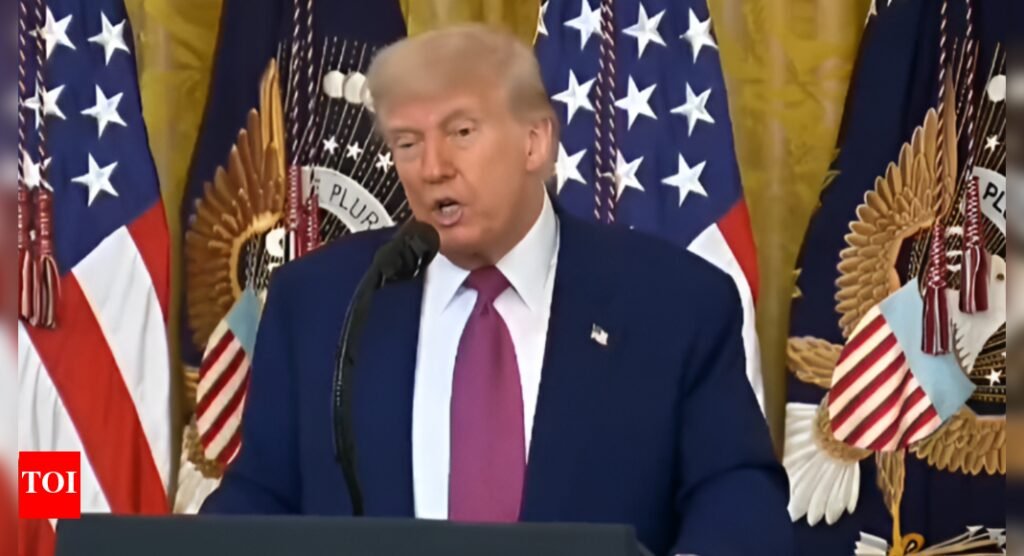After weeks of back and forth, the US and China have agreed on a framework to implement the Geneva consensus that helped ease tariffs.
The breakthrough came after 20 hours of talks in London. The US Commerce Secretary Howard Lutnick said both sides had to “get the negativity out” before making progress.
“Now we can go forward to try to do positive trade, growing trade,” he said.
As part of the deal, Beijing has promised to speed up shipments of rare earth metals, a crucial component for global auto and defense industries, while Washington will ease export controls.
This marks the first sign of movement on key issues. The proposal will now be presented to President Trump and China’s Jinping.
The talks, held near Buckingham Palace, were marked by an upbeat tone. Still, investors remain cautious. Chinese stocks slipped on Tuesday before the second day of talks, amid concerns that a deal may not be reached.
The discussions also did little to resolve a long-standing issue: China’s trade surplus with the US.
“Markets will likely welcome the shift from confrontation to coordination,” said Charu Chanana, chief investment strategist at Saxo Markets. “We’re not out of the woods yet — it’s up to Trump and Xi to approve and enforce the deal.”
The meeting was set up after a phone call between the two leaders, following weeks of each side accusing the other of breaking Geneva commitments. Both countries had used chips, rare earths, student visas and ethane as bargaining tools.
Josef Gregory Mahoney, a professor at East China Normal University, said trust — not money — has been the biggest casualty of the trade war.
“We’ve heard a lot about frameworks,” he said. “But the fundamental issue remains: chips versus rare earths. Everything else is a peacock dance.”







